8- The Business Side of Nude Modeling
Alright, let’s talk brass tacks! Being a great model is awesome, but you also need to handle the ‘business’ side to make it work. This section is all about making sure you get paid fairly, understanding those contracts without getting a headache, setting your rates confidently, and basically treating your modeling like the legit pro gig it is. Get this stuff right, and you’re golden!
Setting Your Rates and Negotiating Pay
Talking about money can feel awkward, but if you’re serious about nude modeling, you need to know your worth and charge accordingly. Too many models—especially those just starting out—accept low rates (or even work for free) because they think it’s the only way to build a portfolio. It’s not. Your time, skill, and comfort level are valuable, and you deserve to be compensated fairly.
So, how do you set your rates? Start by researching what other nude models charge. Rates vary depending on experience, location, and the type of work being done. For example, fine art modeling for a local painting class may pay around $20–$50 per hour, while professional nude photography for magazines or commercial projects can range from $100 to several hundred dollars per session. If the images will be sold or published widely, the rate should be even higher. Remember: if a photographer is making money off your images, so should you.
When negotiating, confidence is everything. State your rate clearly and don’t undersell yourself. If a photographer pushes back or tries to lowball you, don’t feel pressured to accept less than you’re comfortable with. Instead, counter with something firm yet professional:
“I appreciate the offer, but my standard rate for this type of work is $X. Let me know if that fits within your budget.”

You should also consider usage rights in your pricing. Will the photos be for personal portfolio use, or are they being published, sold, or used for commercial purposes? The more exposure your images get, the higher your pay should be. If a photographer wants exclusive rights, meaning you can’t use the images yourself, that should come with a much higher fee.
Deposits are another way to protect yourself. Many professional models require a non-refundable deposit to secure a booking, ensuring they don’t get ghosted at the last minute. If you’re working with a new photographer and aren’t sure about their professionalism, asking for a deposit can help filter out unreliable clients.
And finally, never be afraid to walk away. If someone doesn’t respect your rates or tries to guilt-trip you into working for “exposure,” that’s a red flag. You don’t need to accept every job that comes your way—especially not ones that make you feel undervalue.
The Difference Between Paid Shoots and TFP (Time for Print)
Some shoots pay real money for your time and talent, while others operate on a trade system—offering you professional photos instead of cash. Knowing when to accept a paid job and when to agree to a TFP (Time for Print) shoot can make or break your career.
Paid shoots are straightforward: you model, and you get paid. Your rate depends on experience, the type of work, and how the final images will be used. A fine art gallery shoot, for example, might pay differently than a commercial fashion editorial. Some photographers offer a flat fee per session, while others pay hourly or per image. Either way, the biggest advantage of a paid shoot is that your work is immediately valued in financial terms. But here’s the catch: in most cases, once you’re paid, you don’t own the images. The photographer retains copyright and can use them however they see fit—unless you negotiate otherwise. If they plan to sell prints, submit to magazines, or license the work for commercial use, it’s worth discussing whether you should receive a higher rate or even a percentage of profits.

TFP, on the other hand, means you’re working for free—at least in monetary terms. Instead of cash, you receive professionally edited images for your portfolio. This kind of arrangement can be valuable, especially for new models looking to build a strong portfolio without having to hire a photographer. A high-quality TFP shoot can provide the kind of images that help you land paid jobs in the future. But the trade only works if the photographer is good enough to make it worth your time. If the photographer is inexperienced or their past work doesn’t align with the kind of modeling you want to do, the images might not be useful at all.
Deciding between a paid shoot and TFP depends on where you are in your career and what you need most at that moment. If you’re just starting out, a well-planned TFP collaboration with an experienced photographer can help establish your portfolio and build your confidence. If you already have a strong portfolio, though, doing too many unpaid shoots can actually work against you. There’s a fine line between “collaborating” and being taken advantage of, and unfortunately, some photographers try to use TFP as a way to get free labor from models who should be getting paid.
One of the most important questions to ask yourself before agreeing to a TFP shoot is: Who is benefiting the most from this exchange? If the photographer is making money off the images—whether by selling prints, gaining paid clients from showcasing the work, or licensing the photos—you should be getting paid, too. If the trade genuinely benefits both of you equally, then it might be a worthwhile collaboration. But if exposure is the only thing being offered in return, it’s usually not worth it. Exposure doesn’t pay rent.

How to Market Yourself Professionally
If you don’t market yourself well, you can end up stuck doing low-paying or uncomfortable shoots, struggling to book quality work, or dealing with people who don’t take you seriously. So, how do you put yourself out there the right way?
First, your portfolio is everything. It’s the first impression you make, and if it doesn’t look professional, people won’t treat you professionally. You need high-quality images that showcase your best work—artistic, expressive, and well-lit. Think of it like a visual résumé. If a photographer or client checks out your work, they should instantly see what you bring to the table. And don’t just throw in every photo you’ve ever taken—curate it. If an image doesn’t add to your brand, it shouldn’t be there.
Social media is a game-changer, but it’s also tricky territory. Platforms like Instagram and Twitter can be amazing for exposure, but they also come with their own set of challenges—censorship, unsolicited messages, and the constant pressure to stay visible. The key is balance. Post consistently, but keep it professional. Your social media should reflect the kind of work you want to be booked for. If you want to be seen as a fine art model, don’t post casual bedroom selfies and expect galleries to take you seriously. Engage with photographers, tag collaborators, and use hashtags strategically. But remember—follower count doesn’t always translate to paid work. Focus on quality connections, not just numbers.
Having a personal website gives you credibility. Think of it as your online business card. Unlike social media, it’s completely yours—no algorithms deciding who gets to see your content. A clean, well-organized site with your portfolio, a short bio, and clear contact info makes it easier for professionals to reach out. It also filters out time-wasters; if someone isn’t willing to click a link to learn about your work, they’re probably not serious about working with you.
Networking is another piece of the puzzle. No, you don’t need to schmooze at fancy art events if that’s not your thing, but getting involved in creative communities—both online and in real life—makes a huge difference. Join model and photographer groups, attend art exhibitions, and collaborate with artists who share your vision. The more you connect with serious professionals, the more opportunities will come your way.
And finally, how you present yourself in conversations matters. Whether you’re messaging a photographer, negotiating a contract, or setting boundaries, confidence is key. If you treat your work like a business, others will too. Don’t be afraid to ask about rates, usage rights, or contracts—professionals expect it. And most importantly, trust your gut. If something feels off, walk away. No opportunity is worth compromising your comfort or safety.

Creating an Online Presence While Maintaining Privacy
You want to showcase your work, attract the right opportunities, and establish a professional reputation, but you also don’t want to expose yourself (literally and figuratively) to unnecessary risks. The internet never forgets, and once your images are out there, they’re out there. So how do you market yourself while keeping your personal life and safety intact?
First, decide what level of privacy you need. Some models are comfortable using their real names, while others prefer an alias or stage name. If you want to keep your nude modeling separate from your personal life, consider creating a dedicated modeling persona. Choose a name that feels authentic but doesn’t tie back to your legal identity. Make sure all your social media, email, and website use this name consistently.
Social media is one of the best tools for marketing, but it’s also where privacy gets tricky. Avoid linking your modeling profiles to personal accounts. Keep your real-life friends and family separate from your professional audience. Be mindful of what you share—never post personal details like your home address, frequent locations, or anything that could be used to track you. If possible, use a business email and phone number instead of personal ones when booking shoots.
A personal website adds professionalism while giving you more control over your content. Unlike social media, where rules and algorithms can change at any time, your website is your own space. However, be strategic—don’t list more contact details than necessary. A contact form is often safer than posting an email outright. If you sell prints or digital content, use secure payment platforms that don’t reveal personal banking details.
Watermarking your images and keeping track of where they’re posted can help protect your work. While watermarks won’t stop someone determined to steal your content, they do make it easier to prove ownership. Reverse image searches can help you check if your photos are being used without permission. If you find unauthorized use, you can file takedown requests through platforms or copyright claims.
If you ever decide to step away from nude modeling, removing your online presence can be difficult. Think long-term about how much exposure you want and whether certain images should be shared publicly or kept for private collectors, galleries, or paid content only.

Managing Finances and Handling Taxes as a Freelance Model
Here’s how to keep your earnings organized, make tax season less stressful, and ensure that your career is financially sustainable.
a. Tracking Your Income and Expenses
When you’re getting paid per gig, it’s easy to lose track of where your money is coming from. Start by keeping a detailed record of all your earnings, whether from photoshoots, art modeling sessions, content sales, or commissions. Use a simple spreadsheet or an app like QuickBooks or Wave to log payments. Having a separate bank account for modeling income can also make things easier to track.
On the flip side, you’ll also want to track your expenses—because as a freelancer, many of them can be tax-deductible. This includes travel costs, makeup and grooming supplies, wardrobe (if applicable), website hosting, marketing materials, and even home studio setups. Keeping receipts and categorizing expenses will save you headaches later.
b. Understanding Taxes as a Freelance Model
Unlike a traditional job, freelance work doesn’t come with automatic tax deductions. This means when tax season rolls around, you may owe a significant amount if you haven’t been setting aside money throughout the year. A good rule of thumb is to save around 25–30% of your earnings for taxes. Opening a high-yield savings account for tax money can help it grow while you wait to file.
In most countries, freelancers must file self-employment taxes, covering both income tax and contributions to social security or retirement programs. It’s worth consulting an accountant at least once to understand what you owe and how to structure your finances to minimize liability.
c. Setting Rates That Sustain Your Career
Knowing your worth is crucial. If you’re not charging enough, you’ll struggle financially. Research what other models in your niche are charging, taking into account your experience, the type of work, and the market demand. High-end editorial shoots, fine art collaborations, and private collectors may pay more than general figure modeling gigs.
Also, consider payment terms—do you require deposits? Are you comfortable accepting alternative payment methods like Venmo, PayPal, or crypto? Do you charge cancellation fees? These policies protect you from losing money due to last-minute changes or unreliable clients.
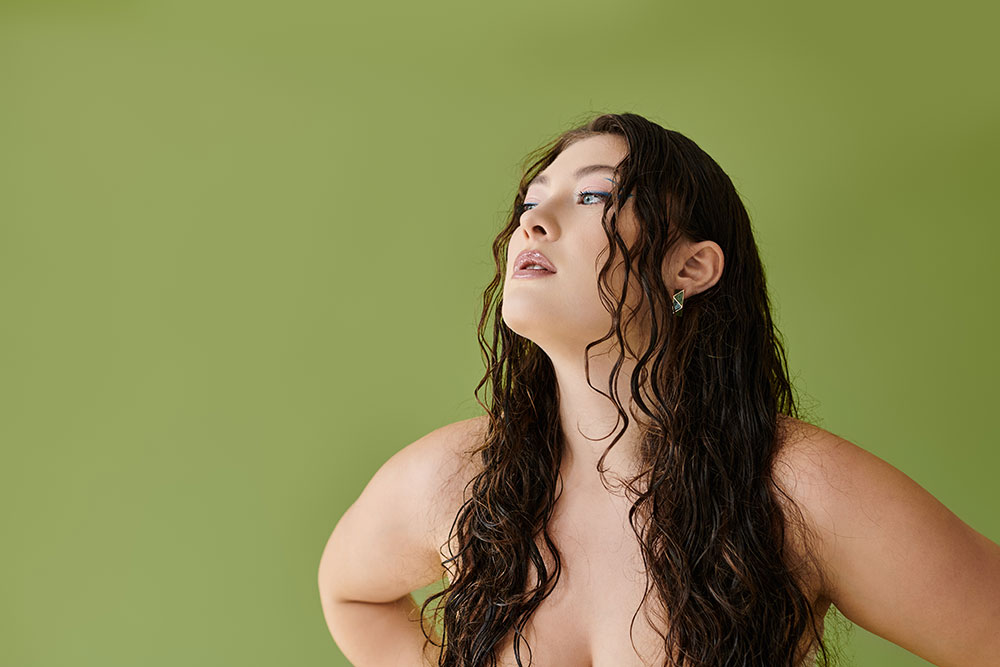
d. Planning for the Future
Because modeling income can be unpredictable, financial stability means planning ahead. Some months might bring in great money, while others are slow. Budgeting is key—having a few months’ worth of expenses saved can help during dry spells. Since most freelance models don’t get traditional retirement benefits, consider setting up a personal savings plan, whether that’s an IRA, investment portfolio, or another long-term option.
Understanding Agency Representation for Nude Models
So, you’ve heard about modeling agencies – but how do they fit into the world of nude modeling? Can they really help you score better gigs and protect your interests? Let’s dive in! We’ll chat about the real perks of having an agent, the potential downsides (like those commission fees!), and how to sniff out the good ones who genuinely get what nude modeling entails and won’t waste your time.
a. Do Nude Models Need Agencies?
Unlike mainstream fashion or commercial modeling, nude modeling is still largely a freelance-driven industry. Many artists, photographers, and publications prefer to work directly with models rather than through agencies. However, there are agencies and talent managers that represent nude models, especially in fine art, high-end editorial, and body-focused commercial work (like skincare ads or body-positive campaigns).
The main benefit of having an agency is access to better-paying, high-profile gigs. Agencies often have connections with reputable photographers, art directors, and publications that may be difficult to reach as an independent model. They also handle contracts, negotiations, and ensure you get paid fairly. If you prefer a structured career with steady work, an agency could provide stability.
That said, most nude models operate independently because agencies that specialize in this niche are rare. Many general modeling agencies won’t represent nude models at all due to industry stigma. And those that do may take a significant cut of your earnings (typically 20-30%) without necessarily bringing in enough high-paying work to make it worth it.
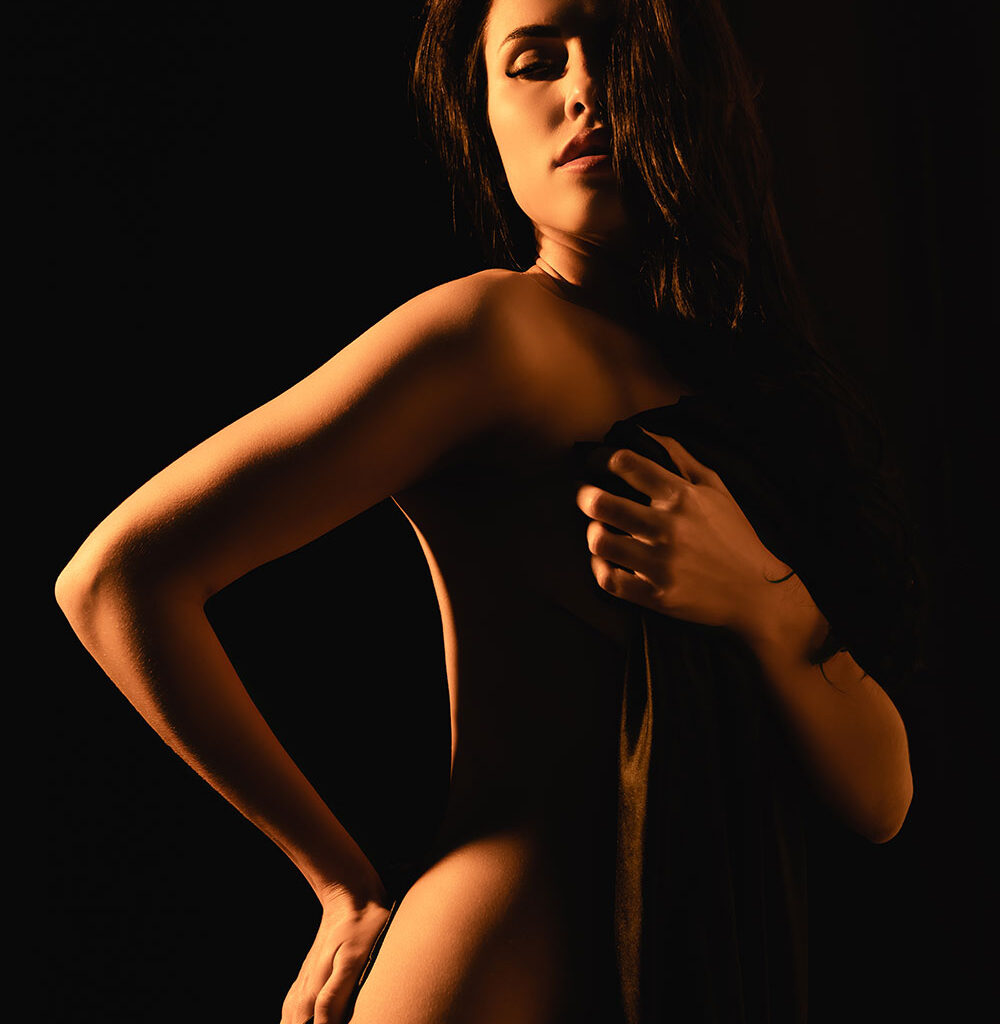
b. How to Find a Legitimate Agency
If you’re considering agency representation, the most important thing is to vet them thoroughly. Unfortunately, there are many scams out there, particularly targeting nude models. Here’s how to separate the legitimate agencies from the red flags
- Research their clients and reputation. A legitimate agency will have a track record of booking professional work for their models. Look at their roster—do they represent serious artists and photographers, or do they seem sketchy?
- Never pay upfront fees. Real agencies make money by taking a commission from your bookings, not by charging you for a portfolio or “membership.”
- Ask for a contract review. Before signing anything, read the terms carefully. Are they taking an excessive commission? Do they have control over your image rights? A bad contract can trap you in unfair agreements.
- Trust your instincts. If an agency pressures you into work you’re uncomfortable with, won’t give clear details about their clients, or avoids answering direct questions, walk away.
Freelance vs. Agency, Which Is Better?
For most nude models, freelance work provides more freedom and control. You set your own rates, choose your clients, and aren’t locked into a contract. The tradeoff is that you have to do all the networking, marketing, and negotiating yourself.
Agencies can be helpful if you want structured career growth and access to exclusive, high-paying gigs. But unless you find a well-connected and ethical agency that truly understands nude modeling, you may be better off building your own brand and client base.
Continue Reading
- Everything About Nude Modeling / Part 1
- Everything About Nude Modeling / Part 2
- Everything About Nude Modeling / Part 3
- Everything About Nude Modeling / Part 4
- Everything About Nude Modeling / Part 5
- Everything About Nude Modeling / Part 6
- Everything About Nude Modeling / Part 7
Written By: Anh Nguyen
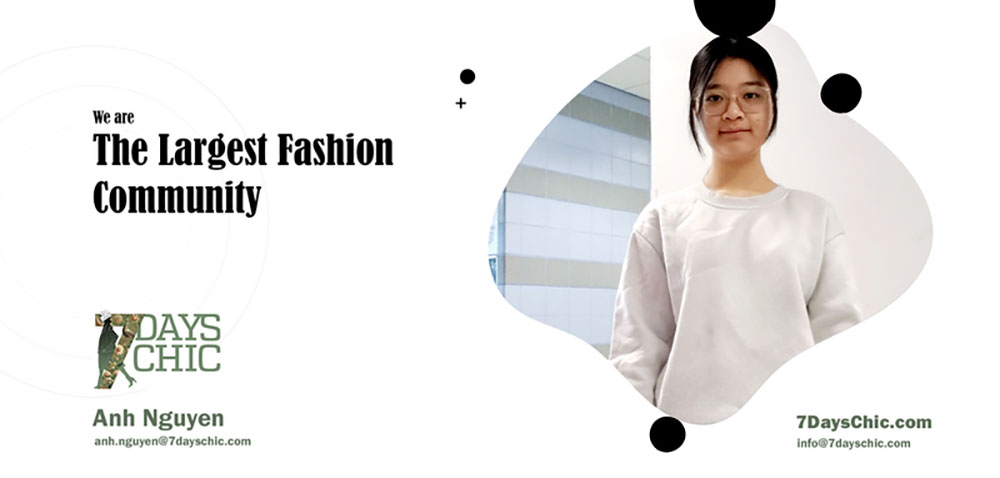
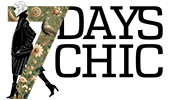

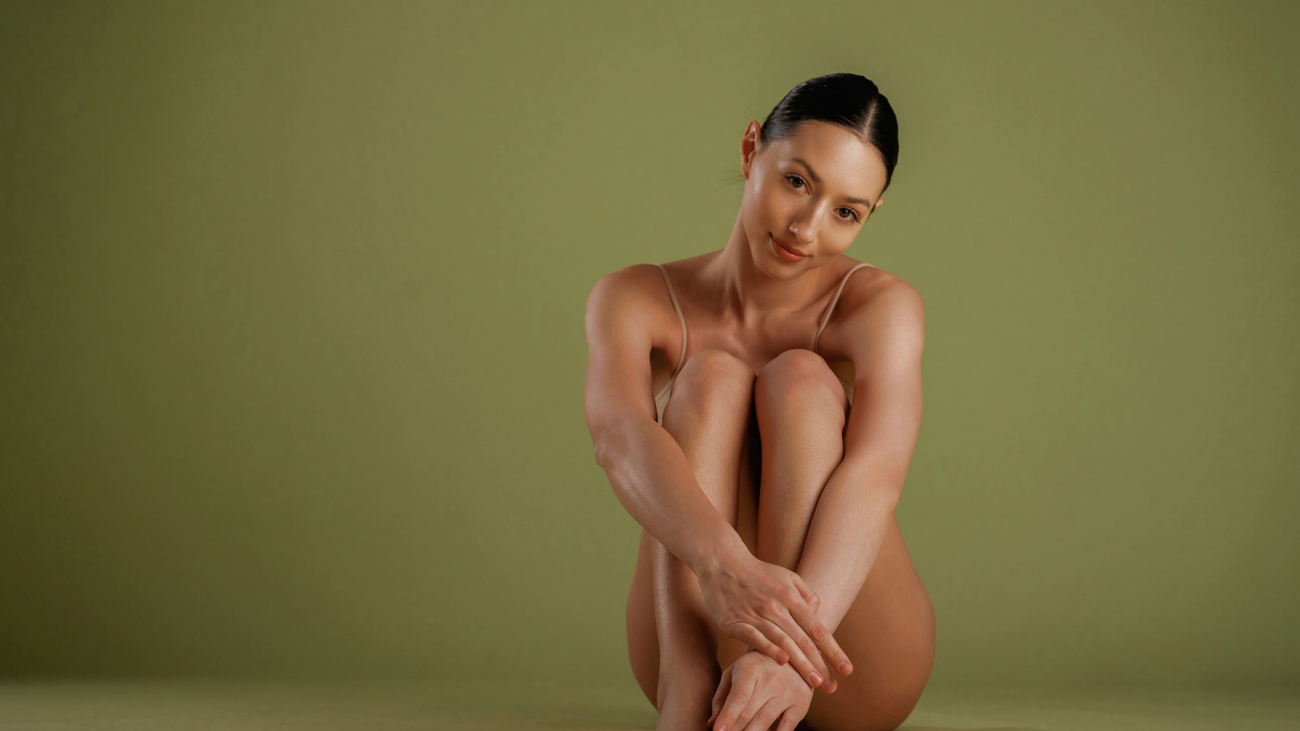
Add a Comment